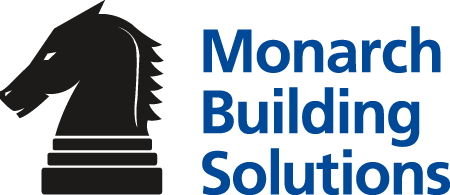
Wagga Wagga City Councillor Jenny McKinnon has long been an advocate for koalas. Photo: Supplied. Inset: Jenny McKinnon Facebook.
A 2020 NSW Government inquiry found that on their current trajectory, koalas could be extinct by 2050.
The timeline has led to many state and federal projects, including funding farmers to provide vegetation to the animals along rivers and building sanctuaries for them.
Despite these projects, one local councillor believes the Riverina could be the ideal location to support koalas by providing an extended habitat between Wagga Wagga and Narrandera.
Councillor Jenny McKinnon has long been an advocate for koalas, and advocated for them as part of her election campaign in 2020. Five years later, Cr McKinnon is still fighting for the little guys and is hoping others may join the crusade.
“During my first term, we were able to get some funding for a study about the translocation of koalas,” Cr McKinnon said.
“The government department started these studies because it turned out that the only possible place in the local government area that was suitable, because it had water and it had the right vegetation, all that sort of stuff, was the Berry Jerry precinct.
“From there, we were hoping to have some koalas translocated there, because everything about the area was perfect for them. After monitoring the area for some time, however, they found that a lot of koalas from the Narrandera reserve were already moving along the river and moving to the Berry Jerry precinct.
“Eventually, the department found that because the koalas were coming naturally, there wasn’t a need for a translocation program. Berry Jerry is also a part of the Murrumbidgee Valley National Park, but unlike a lot of national parks, the precincts that make up the park aren’t all connected.
“So what I’ve been doing is asking, can we get those places connected up so that the koalas have got a better chance of just moving along their natural habitat from Narrandera to Berry Jerry?”
Cr McKinnon said that, unlike other areas across NSW looking to preserve koalas, the koalas that lived in the Riverina weren’t carrying chlamydia, a bacterial disease affecting the koala population.
She also said the current vegetation along the river would be perfect for koalas, compared to coastal areas that were still expanding and dancing around existing habitats.
“I think out here in this area is the perfect place for really working on trying to build the koala population, because up until sort of the early 1900s they were everywhere in this area,” she said.
“The Narrandera population, for example, from my understanding, is a chlamydia free population. Now on the coast, what they’re dealing with is rampant chlamydia. And the big problem is that the forests where the koalas are are exactly where developers want to build new housing, so the fight on the coast is really difficult for them.
“Out here, we’ve got opportunities for them. The vegetation they want is here and they already travel along the river.
“What would be really great is if we could connect up all those habitat areas so that the koala population come together.”
Previously, the NSW Government ran rounds of funding for landowners along the Murrumbidgee River who were willing to vegetate hectares of land to provide for koalas. Cr McKinnon said she believed local councils could do more to promote this initiative and, in turn, connect the parks to create a sanctuary at Berry Jerry.
“What we need is for them all to be able to connect up because the problem is the gene pool,” she said.
“It is really impacted by not having enough new populations getting to know each other.
“The possibility of a big revegetation program, and the possibility of translocation in the future, if things on the coast continue to go as badly as they have, to the Murrumbidgee Valley National Park makes a lot of sense.”







